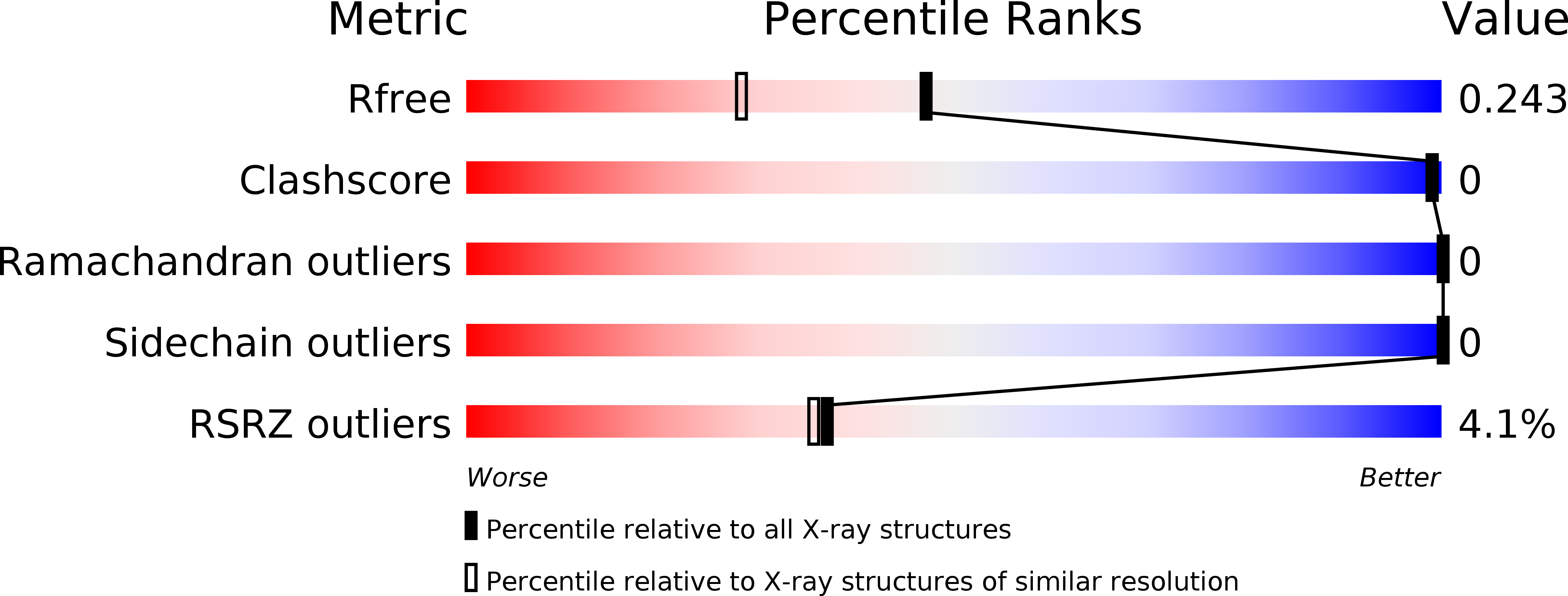
Deposition Date
2015-05-18
Release Date
2015-07-22
Last Version Date
2024-10-16
Method Details:
Experimental Method:
Resolution:
1.86 Å
R-Value Free:
0.23
R-Value Work:
0.22
R-Value Observed:
0.22
Space Group:
P 43 21 2


